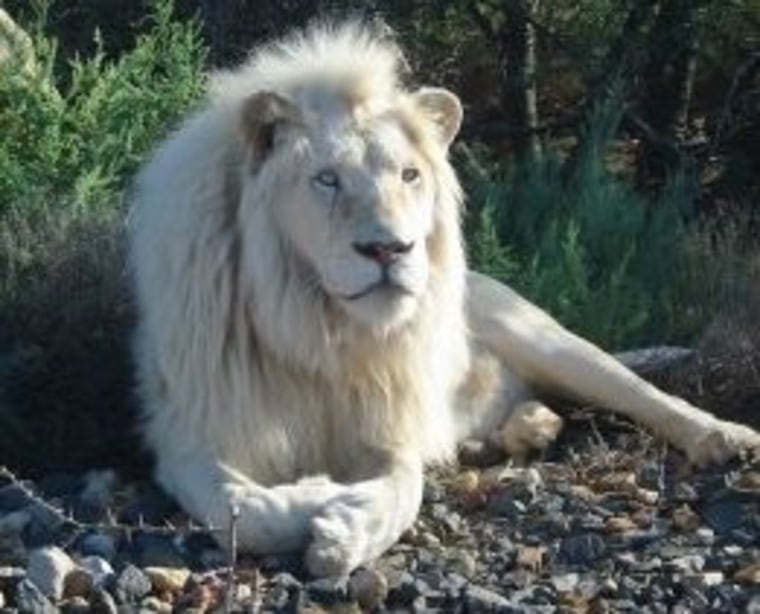

In it he details how they were transferred to Johannesburg zoo and a breeding program initiated with mixed results. Again in 1959 there was a brief sighting.įinally, in 1975, there was a breakthrough when Chris McBride came across a pride with two white lion cubs and was able to track them, eventually writing about it in the book The White Lions of Timbavati. Twenty years later Joyce Mostert, whose family owned land in the area, was credited as the ‘first European’ to confirm the existence of these rare animals. And then, in 1928, reports of sightings from the Shangaans in an area now known as the Timbavati, emerged. While the rumors all seem to pinpoint an area in Southern Africa, no proof of these ‘albino’ lions could be produced. The white lion is legendary, long alluded to in ancient texts going back some 400 years. One woman, with a spiritual connection, is on a mission to change that.

Those in the wild, however, remain on the endangered species list. Fortunately, these rarest animals have been successfully bred in captivity, numbering some 400 worldwide. Sighting them in the wild is a special treat reserved only for a lucky few. In a small area of the Kruger National Park in South Africa exists a rare genetic mutation that is yet to be sub-classified as its own species, yet the tawny lions of this protected area carry a unique gene – one that produces snow white lions.


 0 kommentar(er)
0 kommentar(er)
